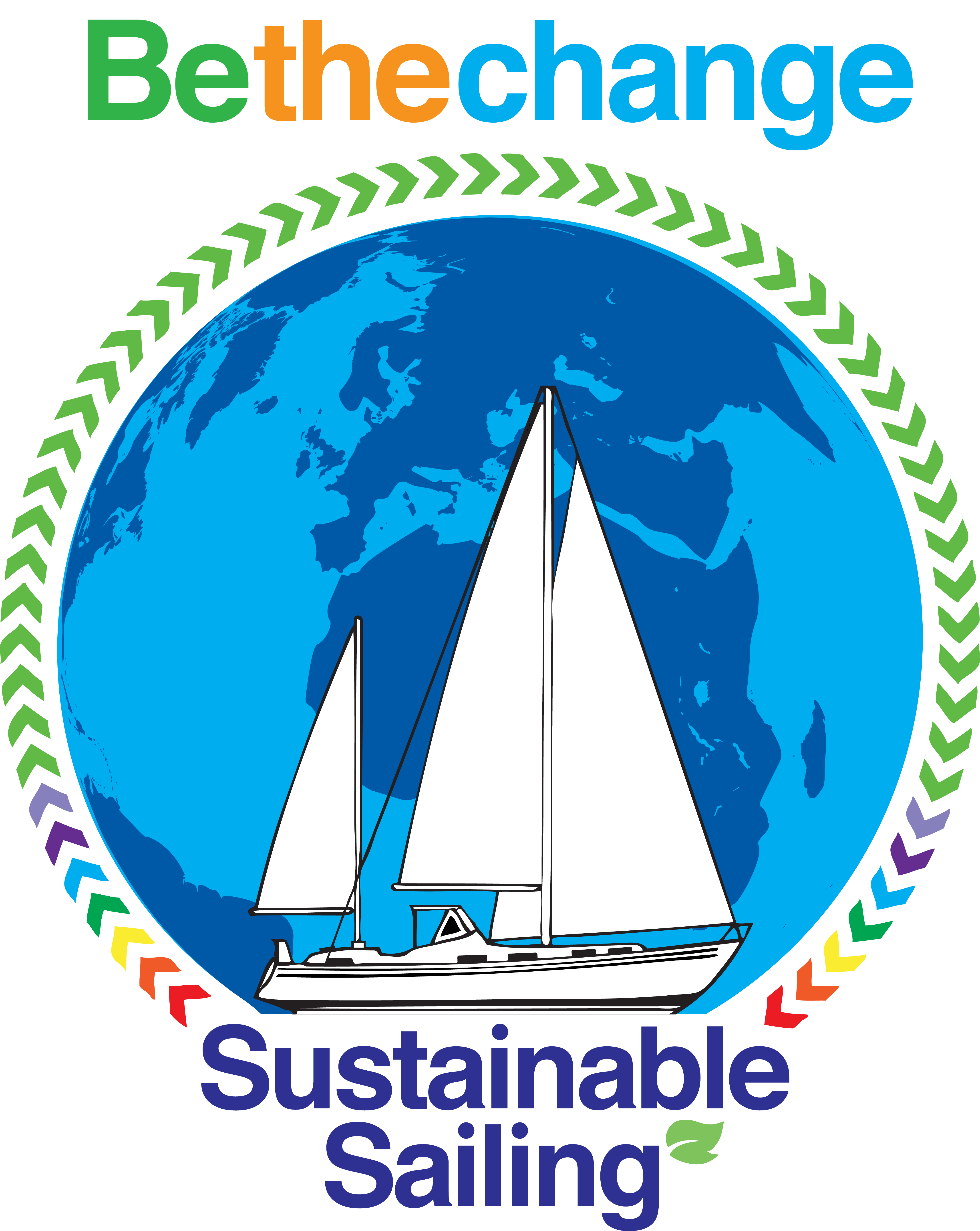Month: April 2021
-
Progress on Visit 3 in 2021 (part 1)
Today we have removed all 6 chainplate bolts that are accessible from the aft cabin. See Feeling vindicated by chainplate condition. Also one mooring cleat and the pushpit bolts (which had no backing plate at all). Then we have prepared the largest plywood backing plates. These go the full length of the aft cabin under the…
-
Feeling vindicated by chainplate condition
So we have removed the 6 chainplate bolts from the aft cabin. Feeling good about our decision to remove and replace them. There are clear signs of pinking which is an indication of dezinctification which means that the bronze is corroding and losing strength.
-
Late evening progress
Well we arrived at Vida at 11.20pm and decided it was worth connecting our new mains consumer unit before bed. We can now use the full 16amp boatyard supply. At the moment I’ve wired in a couple of extension leads. Already a nice tidy up possible from the way we have managed with a “consumer”…
-
Progress on Visit 2 in 2021
Rather than returning to Friday updates I thought I’d share progress bu visits. Our first visit in 2021 was really just a checkup and a nicer place to work from. Last weekend we managed a couple of nights and made some real progress 🙂 Most of our progress has left Vida looking a bit more…
-
More reasons for our new sail plan
So I wrote about our new sail plan, one of the key features is that we will not have any “traditional” roller reefing headsails. That decision has been mostly driven by wanting Dyneema rigging which can be inspected and changed by us and which reduces weight so we will heel less. Also it is going…
-
Our desired long-term sail plan
I’ve made some progress on where we want to end up in terms of a sail-plan that is efficient in a wide range of wind strengths and angles. I’ve also, hopefully, got to the point where we will be able to get sailing without having to buy any new sails to start with. After all…
-
What a bargain :-)
Jane is very happy with this: Wow! Lovely new fabric for our boat cushions and curtains. A bargain from Emmaus South Manchester who are at St Andrew’s Methodist Church in Wythenshawe. 25m of fabric in total 🙂
-
Final Dyneema Chainplate design
This is it. The final (at least the latest) design of our Dyneema, synthetic chainplate. A short recap on the background. This is a Rival 38 Centre Cockpit Ketch (possibly the only one) Currently we have the original Superstron (Bronze) chainplates The chainplates are essentially an eyebolt with a flange that is bolted through the…
-
Lessons after a 6 month boat abandonment
So about to go to bed for the second night aboard after a 6 month gap through a Welsh winter. We hadn’t expected such a long gap. Back in October we were expecting Wales to restrict entry from Manchester but we hadn’t expected the double restriction of not being able to enter Wales and not…
-
Still here!
We have arrived at Vida for our first visit for almost exactly 6 months. Lockdown restrictions have eased enough for us to both get out of Manchester and be allowed into Wales. Only problem is that our duvet and pillows were are very mouldy. We would never have left them if we had realised it…
